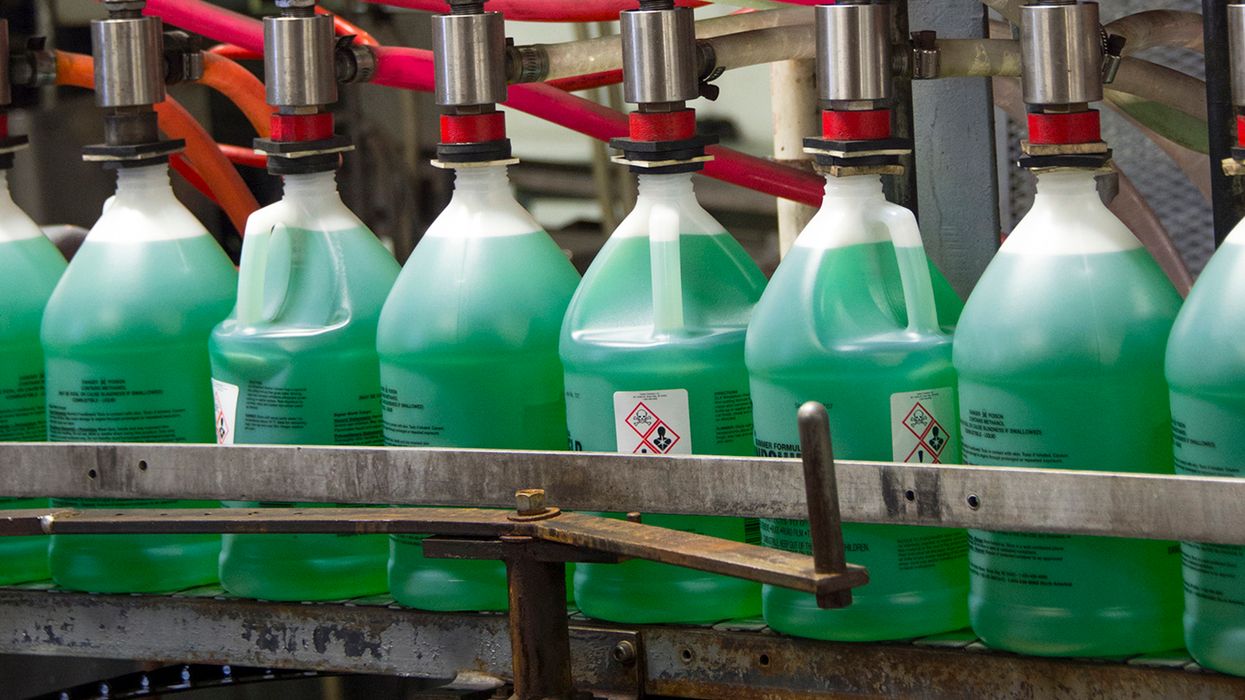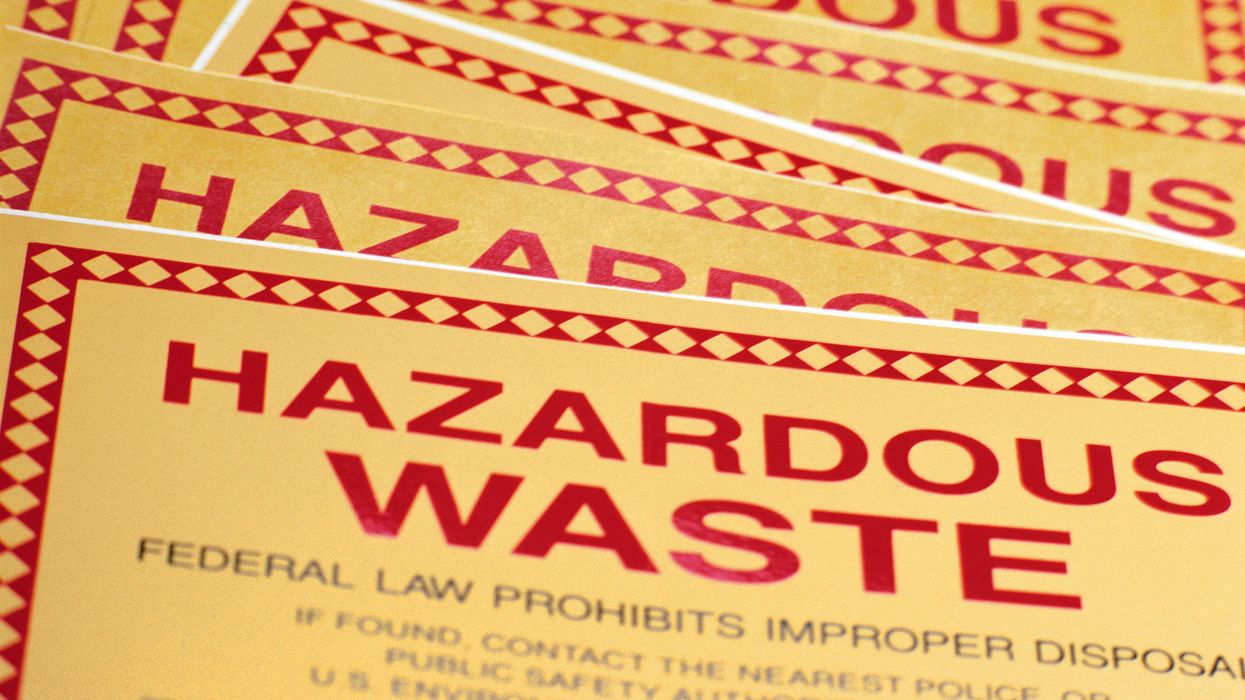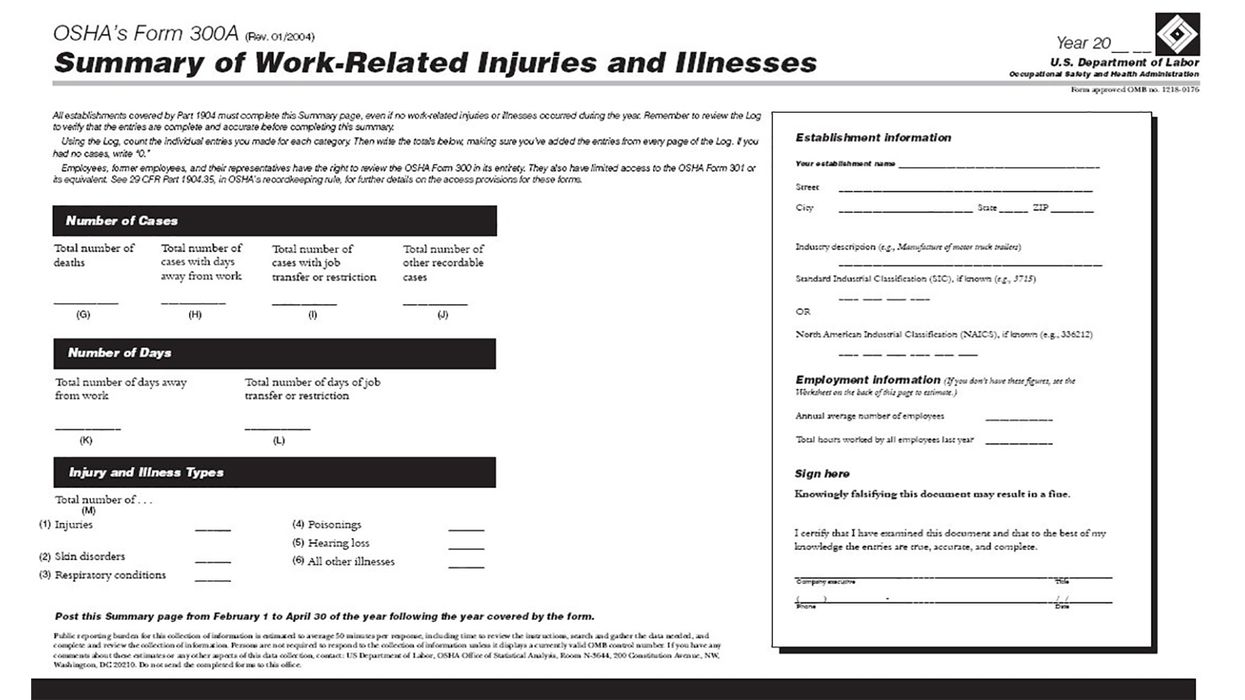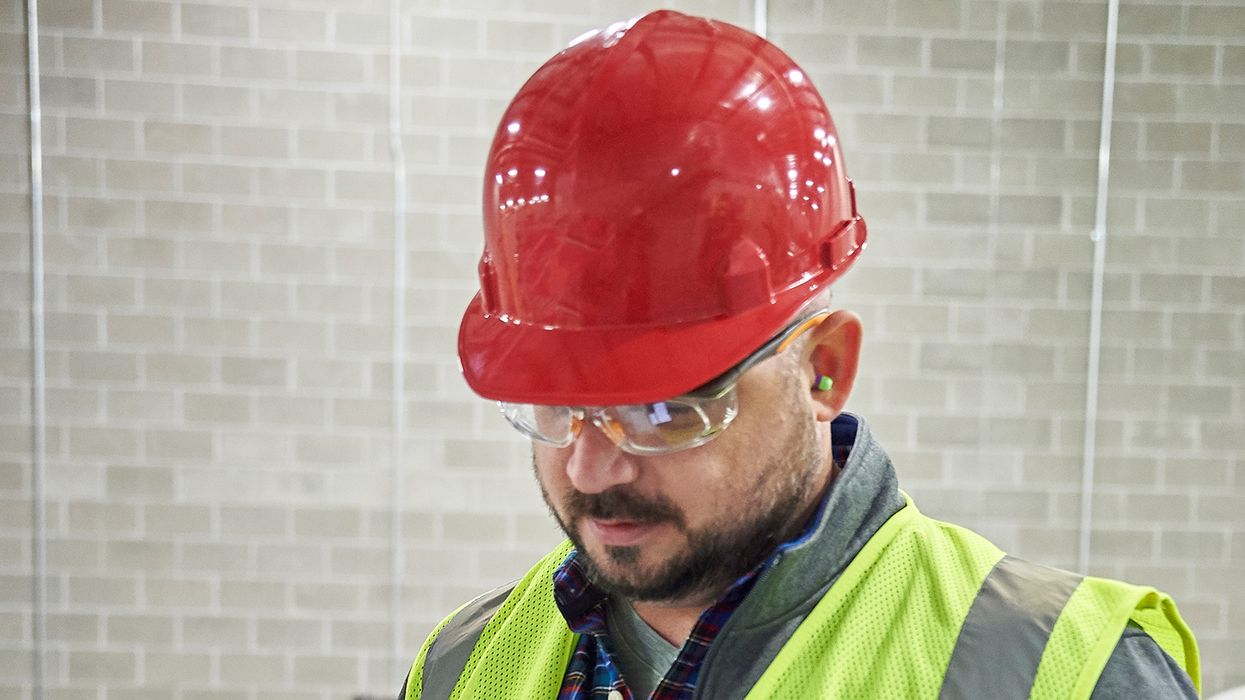Slim down your material handling with lean management
If you could increase productivity and reduce injury risk at the same time, would you? Of course you would! And lean management is the way to get there! Companies like Toyota and McDonald’s show how simple material handling changes can mean success.
5 steps to material handling efficiency
One key aspect of lean management is the “5S” method. When used for material handling, it can significantly reduce waste, improve productivity, and enhance overall workplace safety.
Find success with these five steps:
- Sort: Carefully observe the workplace, then sort through any items, equipment, or process steps that aren’t essential for current operations.
- Straighten: Organize necessary items, equipment, and process steps to ensure logical, efficient, and safe operations. Tools and materials should be easy to find and access, as well as ergonomically friendly.
- Shine: Implement housekeeping and maintenance procedures that ensure the workplace is kept clean and free of safety hazards. Regular “shining” helps proactively identify and address potential walking or working surface dangers and equipment malfunctions before an injury or incident occurs.
- Standardize: Create clear and consistent procedures and work practices so workers understand lean management expectations throughout the workplace . Work practices can include something as simple as completing a checklist at the beginning of the shift or end of the workday.
- Sustain: Regularly evaluate the workplace, policies, and work practices to drive lean management as a habit. Conducting regular audits, providing employee training, and leading by example will help foster a healthy safety culture and ensure continuous improvement.
Learning from the past
Lean management made a name for itself during World War II, a time when resources were scarce, demand was high, and time was critical. Manufacturers were forced to enhance production without compromising quality to keep up with wartime business needs. Lean management, when used strategically, empowers every worker in the organization to identify, communicate, and resolve challenges that does not contribute to company’s optimization and success.
The secret of Toyota’s success was designing their production system around lean management principles where personnel were empowered to stop the moving production line when an abnormality occurred. When this happened, operators, alongside their supervisors, discussed the issue, offered recommendations, and adopted a corrective action that resolved the issue. This strategy not only streamlined the process, but it also improved overall productivity and encouraged engagement from all company stakeholders.
After Ray Kroc purchased the McDonald’s company from Richard and Maurice McDonald in 1961, he put lean management to work by focusing on consistency and standardization. His belief that every restaurant should offer the same menu, quality of food, and customer experience catapulted trust and loyalty from customers and employees. They knew what to expect from McDonald's.
Key to remember: Lean management ensures continuous improvement by reducing safety risk, trimming waste, and ensuring quality. Lean management can also increase profit margins, build a positive safety culture, and impress your customers.




















































